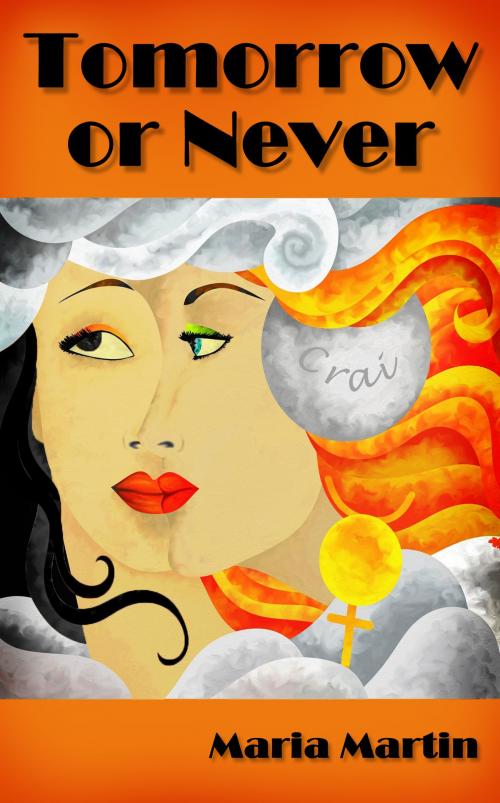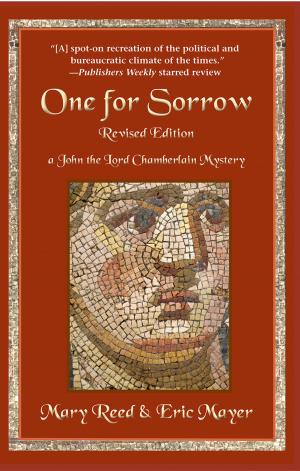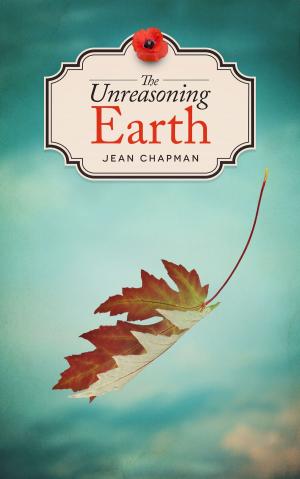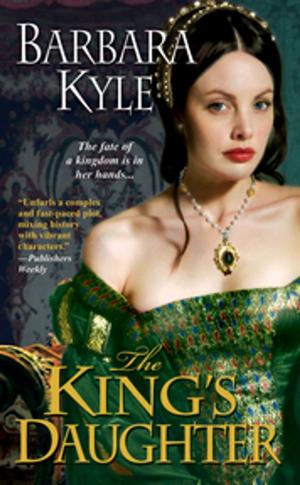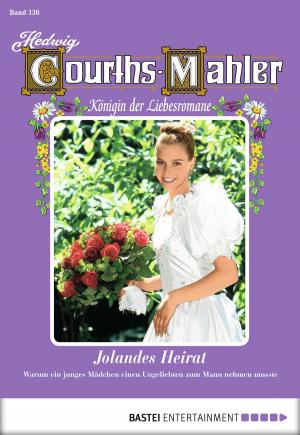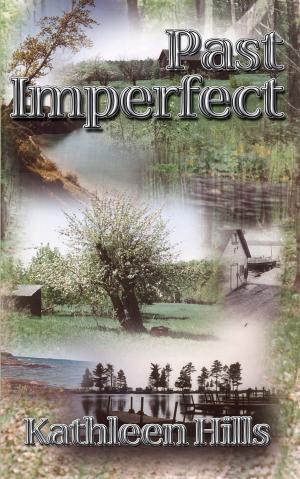| Author: | Maria Martin | ISBN: | 9781370362059 |
| Publisher: | Maria Martin | Publication: | April 5, 2017 |
| Imprint: | Smashwords Edition | Language: | English |
| Author: | Maria Martin |
| ISBN: | 9781370362059 |
| Publisher: | Maria Martin |
| Publication: | April 5, 2017 |
| Imprint: | Smashwords Edition |
| Language: | English |
Set in 1930s Fascist Italy, the book focuses on the life of a young southern Italian peasant woman. In recounting the events in her life from 1932-1937, the story explores the power of strong traditions, Fascist policies and both regional and social prejudices in trying to crush her hopes of finding a better life.
It is a historical novel with considerable elements of romance and women’s fiction as it is centered upon a strong female lead character; she is a young woman with ideas we would consider modern, yet born before her time and into both a society and period of history that were wholly alien to those ideas.
Historical Content – it is set in a reasonably accurate political and period framework, researched from RJB Bosworth's book "Mussolini's Italy", Carlo Levi's account of his political exile in southern Italy, "Christ Stopped at Eboli", and "How Fascism Treated Women" by Victoria De Grazia, to name the three key sources.
Romance content – a central feature of the story is how the traditions, culture and prejudice of the time influence the protagonist's life. Since marriage was the main occupation of women, personal relationships are prominent. There is no cheap eroticism or Mills and Boon style material, but there are several love stories.
Women's Fiction content – as Barbara Taylor Bradford’s "A Woman of Substance" looked reasonably seriously at the lot of working class English women early last century, this work examines the life of women in 1930s Italy. It is feminist in both outlook and spirit, meaning that it seeks to show what a woman is truly capable of, and how so often members of the fairer sex are marginalized, ignored and ill-treated in male-dominated societies.
This book was written to entertain, while looking at rarely explored aspects of Italian life in one of Italy's most difficult historical periods. It is not a work of literature per se, but it is serious in its intent, carefully crafted, and full of ideas, themes and imagery that would not be out of place in a literary work.
Set in 1930s Fascist Italy, the book focuses on the life of a young southern Italian peasant woman. In recounting the events in her life from 1932-1937, the story explores the power of strong traditions, Fascist policies and both regional and social prejudices in trying to crush her hopes of finding a better life.
It is a historical novel with considerable elements of romance and women’s fiction as it is centered upon a strong female lead character; she is a young woman with ideas we would consider modern, yet born before her time and into both a society and period of history that were wholly alien to those ideas.
Historical Content – it is set in a reasonably accurate political and period framework, researched from RJB Bosworth's book "Mussolini's Italy", Carlo Levi's account of his political exile in southern Italy, "Christ Stopped at Eboli", and "How Fascism Treated Women" by Victoria De Grazia, to name the three key sources.
Romance content – a central feature of the story is how the traditions, culture and prejudice of the time influence the protagonist's life. Since marriage was the main occupation of women, personal relationships are prominent. There is no cheap eroticism or Mills and Boon style material, but there are several love stories.
Women's Fiction content – as Barbara Taylor Bradford’s "A Woman of Substance" looked reasonably seriously at the lot of working class English women early last century, this work examines the life of women in 1930s Italy. It is feminist in both outlook and spirit, meaning that it seeks to show what a woman is truly capable of, and how so often members of the fairer sex are marginalized, ignored and ill-treated in male-dominated societies.
This book was written to entertain, while looking at rarely explored aspects of Italian life in one of Italy's most difficult historical periods. It is not a work of literature per se, but it is serious in its intent, carefully crafted, and full of ideas, themes and imagery that would not be out of place in a literary work.
